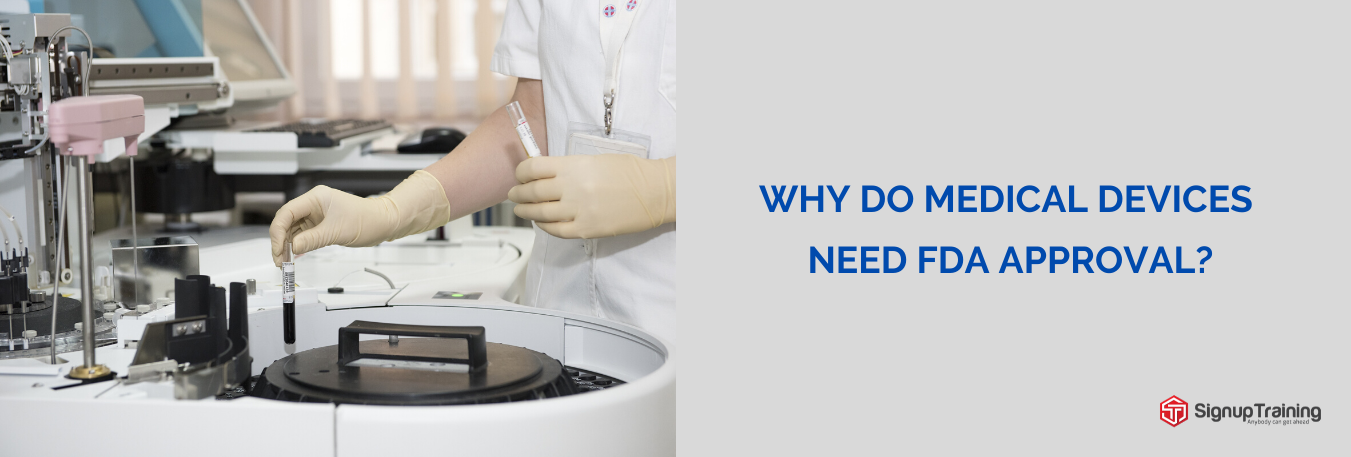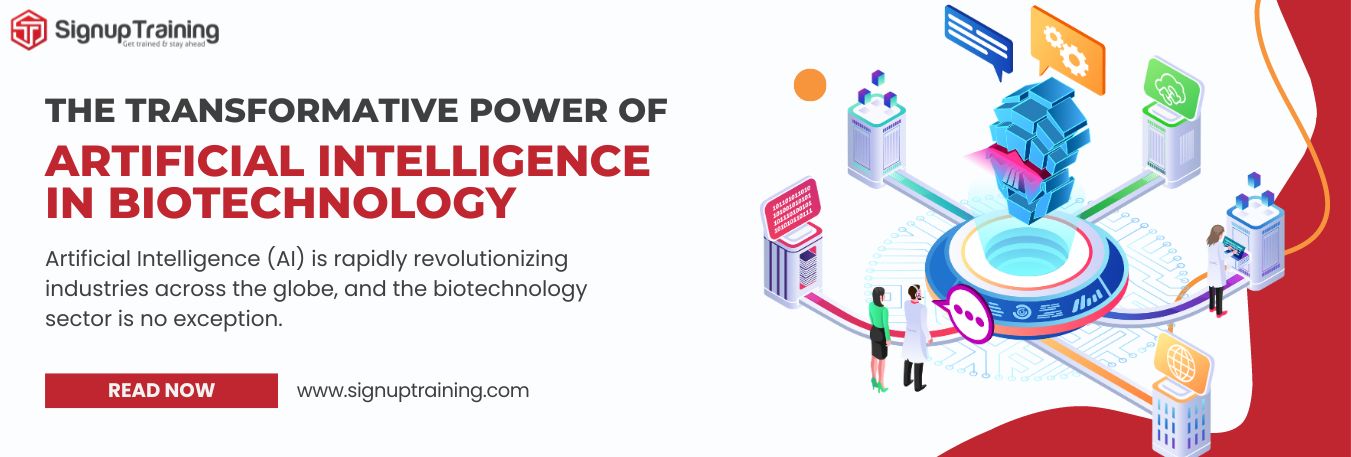Understanding IEC 62304 & Compliance Tips for Medical Device Software Developers

Medical devices like blood pressure cuffs, dosimeters, pacemakers, hospital beds and many others have software that regulate their functionality so as to ensure safety and good performance. However, in the year 2012-13 many medical devices were recalled due to faulty performance. This lead to the Implementation of IEC 62304
What is IEC 62304?
IEC 62304 is the international standard that defines software development lifecycle for medical devices. The standard was developed from the perspective that product testing shouldn’t be the only methodology for safety when software is involved. With the implementation of this standard, it requires that all aspects of the device be checked; configuration, risk management, development, problem resolution and maintenance. This provides a common framework that can be used by medical device manufacturers to develop software.
Complying with the medical device safety standard is important for all medical device software developers. Below we share some compliance tips for all Medical Device Software Developers:
1. Get acceptance from the international medical community
Complying with the IEC 62304 standard for medical device software not only ensure recognition from the international community but it automatically satisfies the requirements of regional standards as well. Having an IEC 62304 standard satisfies key requirements in the Medical Devices Directive of the EU and in the US, the FDA accepts this standard as proof that the devices follows all regulatory requirements.
2. Use software development tools
Having well-documented processes is a big step towards compliance, and having a software development tool that aids this process can be very useful. Some of the processes involved in medical device manufacturing includes development planning, requirement analysis, architectural design, detail design, unit implementation, integration, system testing and release. A software development tool can really accelerate progress and ensure proper documentation as well.
3. Use software maintenance process tools
The IEC 62304 safety standard describes the method to ensure proper software maintenance processes. This includes establishing a software maintenance plan, problem and modification analysis and implementation of those modifications. Taking inputs and resolving issues is crucial in the maintenance phase of the medical device. With the use of the right software, medical devices manufacturers will be able to identify changes across the medical device lifecycle.
4. Have a software risk management process
The IEC 62304 clears defines a risk management process. This involves analysis of software contributing to hazardous situation, risk control measures, verification of risk control measures and risk management of software changes. It’s important to use the right software to track movement from a hazardous situation to a risk control measure.
These are just some of the measures where the IEC 62304 has helped bring in more compliance.
Join our webinar on Understanding Medical Device Software / IEC 62304 Compliance to stay updated on all the compliance
Trending now

Why do medical devices need FDA approval?
Blog
Top 10 HR Compliance Challenges in USA
Blog
Medical Device Regulations in the USA
Blog
Understanding IEC 62304 & Compliance Tips for Medical Device Software Developers
Blog
What is HIPAA (The Health Insurance Portability and Accountability Act) ?
BlogFDA Steps to Ensure Quality of Foreign Products
Blog
6 Skills that Make for a Great Human Resources Manager
Blog
Why do we have OSHA Regulations?
Blog21 CFR part 11 compliance - key factors that every FDA regulated business should know
BlogWhy is 21 CFR Part 11 Compliance Important?
BlogWhat are the Key Factors (Essentials) for 21 CFR Part 11 Compliance?
BlogFDA Regulated Firms Must Ensure Part 11 Compliance to Generate Accurate and Usable Data
Blog
Know how to Survive an OSHA Audit
Blog
Top 5 Job Opportunities in Biotechnology
Blog
5 Key functions of HR Management
Blog
Cybersecurity Threats Upcoming in 2023
Blog
Why Should You Learn About OSHA's Guidance on Substance Abuse Testing?
Blog
Importance of SOPs in the Pharmaceutical Industry
Blog
Non-Compliance on 1099 Filing: Consequences and Best Practices
Blog
Artificial Intelligence (AI) in Healthcare: A Boon or Bane?
Blog.jpg)
How to Ensure Compliance with the I-9 Form: A Guide for Human Resources
Blog
Effective OSHA Audit Observations and Best Practices
Blog
How to Land Your Dream Job in Accounting: Top Tips and Career Options
Blog
Cultivating Connections: How to Foster a Thriving Culture with Your Remote Workforce
Blog
The Transformative Power of Artificial Intelligence in Biotechnology
Blog.png)
6 Steps to Building an Effective Hazard Communication Program (EHS)
Blog